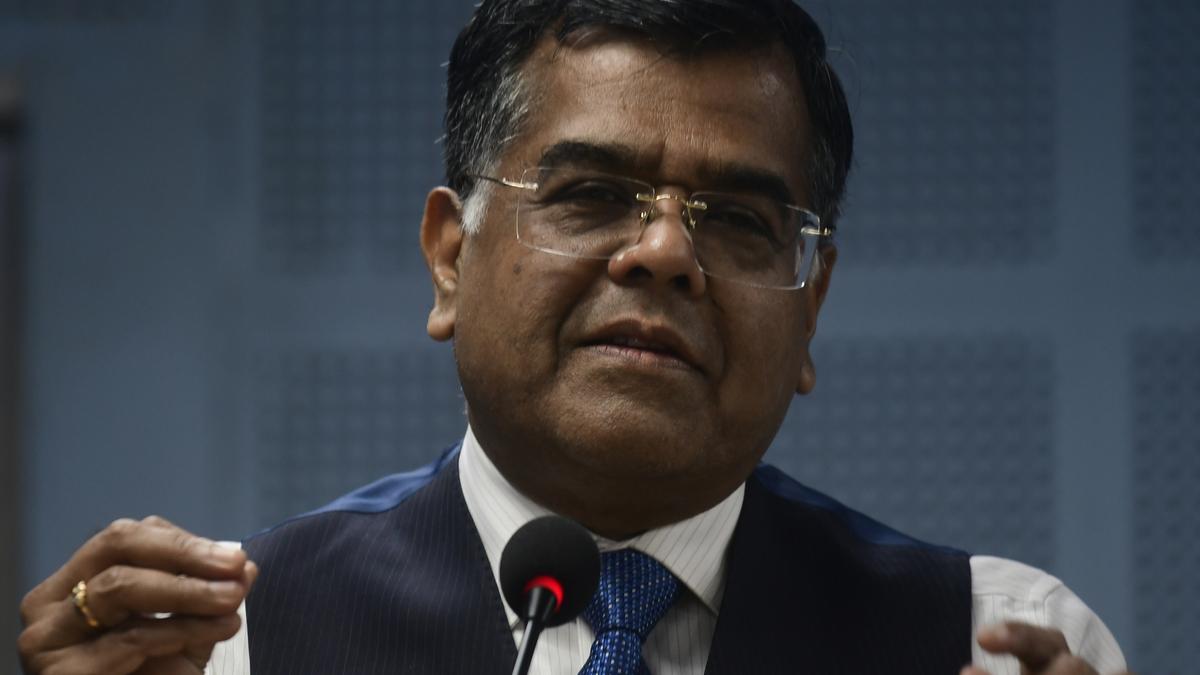The Centre is confident of delivering on its Budget promise to arrange external financing for infrastructure development projects in Andhra Pradesh and Bihar, Finance Secretary T.V. Somanathan said in an interview with The Hindu. He also elaborated on measures to rein in food inflation and spur consumption. Edited excerpts:
The Budget’s push for job creation is welcome, but a key reason for firms to hire is a rise in demand and capacity utilisation levels. Economists feel the consumption push is limited.
Well, there is a moderate tax cut for the salaried class mainly, but also for others to a lesser extent. There is a continued push on capital investment. There is a big push on schemes like the PM Gram Sadak Yojana [rural roads], the Awas Yojana [housing], both rural and urban. These are big spenders in rural areas and there’s a big expansion with the former covering 25,000 more habitations. This is spending in rural areas by rural people who are employed in these roles. So, there is quite a big trust there. Similarly, the three crore new houses coming in, of which two crore would be in rural areas, is also actually a big trigger of consumption. So, I would argue there are measures here to trigger consumption, but they are not in the nature of direct cash transfers. They are consumption measures that act through creation of assets. By the way, the employment incentives, when paid, will also result in some consumption. So it is consumption through some desirable objective rather than consumption through just transfer of cash, for the sake of consumption.
What about measures to rein in food inflation, that has been spiking overall price rise?
Whatever can be done on food inflation is being done. There’s one important point which has not been very much highlighted which in the Budget — a substantial provision for the Price Stabilisation Fund with the highest ever allocation [₹10,000 crore]. We intend to use this more aggressively on the procurement of pulses and oilseeds, building up an adequate buffer stock in years of low prices, and then releasing it at times of high prices. This is an initiative to stabilise food prices, particularly on pulses and oilseeds. And we mean business about procuring it at MSP [Minimum Support Price] for these items. Once we do that, farmers will tend to shift… We hope to see an expansion in the production of these items and reduce the volatility in those prices.
For Andhra Pradesh and Bihar, you have provided funds for some projects, and promised to arrange funds for others…
These will be only through concessional multilateral loans, which could be from the World Bank, Asian Development Bank, JICA, AIIB… any of these institutions, which considerably extend assistance to India anyway. They will lend to the Government of India, and the GoI will on-lend to the States, just as with any multilaterally-funded projects in States. The banks are willing, and we will be able to tie it up. Building of a capital is very much an infrastructure activity. We have not discussed [any interest subvention for the States] yet.
The Budget pivots from targeting the fiscal deficit after 2025-26, to a focus on the debt to GDP ratio. Would this entail a goal like reaching 40% of GDP over time?
It may not necessarily be 40%. We are saying it will decline gradually, how far and how fast, we are yet to determine, but it will be on a declining path. So, after 2025-26, when we will be below 4.5% of GDP and that’s a commitment, the intention is that it will be below 4.5% definitely. But what will be the deficit will also depend on how much we need to keep the debt going down. Should the debt go down by x% and when should it reach what level, those are yet to be determined. So, the deficit will be under 4.5%, but it doesn’t necessarily mean it would be 3% of GDP. And we can afford more than 3%, and still keep the debt declining steady. So that is the change of approach.
Will we have a road map for it or we will take a view each year?
That’s something we will come up with. But we are saying one thing very clearly, that road map will be downwards. The trajectory of the road is downhill in terms of debt to GDP… how fast, what’s the gradient, will be [determined] on a year-to-year basis.

